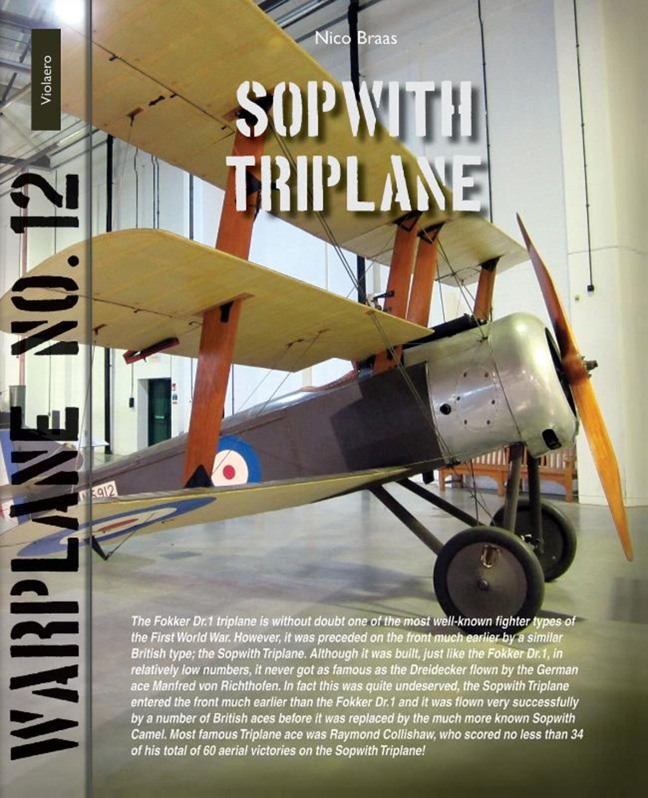Aircraft built by the Sopwith Aviation Company Ltd.
Published online by Cambridge University Press: 27 March 2024
Summary
Sopwith; a detailed type-by type review
Although the title of this book suggests it only gives a description of the Triplane fighter, details are given here on all important Sopwith aircraft since very little has been published on this recently. Before Sopwith started to manufacture its own types the company had modified a Wright biplane (manufactured by the British Howard Wright) and fitted it with a 50 hp Gnome engine. Later, this was even completely rebuilt fitted with a 70 hp Gnome engine from a Blériot. Also a hybrid biplane with a closed fuselage based on the earlier Wright was built.
The first completely new design from the company was the threeseat tractor biplane of 1913 with a 80 hp Gnome engine. It featured three large celluloid windows for the two passengers sitting in front of the pilot. Three were built. Three more modified examples on floats were built, powered by a 100 hp Anzani engine.
Second type built in 1913 was a small two-seat biplane flying boat known as the Bat Boat. The first one was powered by a 6-cylinder 90 hp Austro-Daimler engine. It was soon wrecked, but another two were supplied to the British Admiralty; later to be followed by an improved amphibian version known as Bat Boat II with a 200 hp engine.
The next design was the Tabloid, a single seat high-speed biplane that became world famous when it gained, as version on floats, the 1st place at the Schneider Trophy contest of 1914 at Monaco. Pilot on this occasion was Howard Pixton who convincingly won with his 100 hp Gnome powered racer. More Tabloids were constructed as a landplane with a wheel undercarriage. The Tabloid was the first Sopwith airplane built in substantial numbers with a total of 137 manufactured in various sub types. The Tabloid was further developed into the military types Pup (originally known as ‘Scout’) and the Baby seaplane.
- Type
- Chapter
- Information
- Sopwith Triplane , pp. 2 - 6Publisher: Amsterdam University PressPrint publication year: 2023

